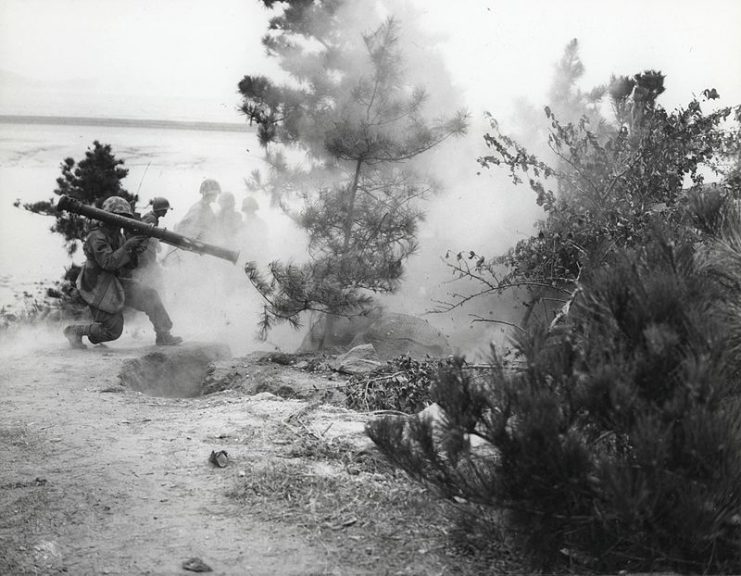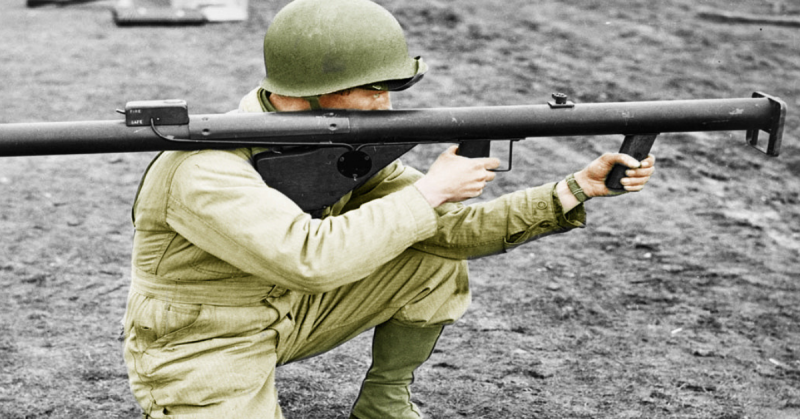In 1942, the use of tanks in World War II was a threat to infantry soldiers mostly because of the tanks’ impenetrable armor and lethal armaments. This required a weapon powerful enough to take out an armored tank, and subsequently led to the development of the shaped charge anti-tank hand grenade, effective against vehicle armor 2.4″ thick.
However, it weighed 3.5 pounds, which is quite heavy to throw by hand. So another idea arose: a device that could deliver such a grenade from a distance, at an adequate velocity to exceed the range of a hand-thrown grenade, also with high accuracy.
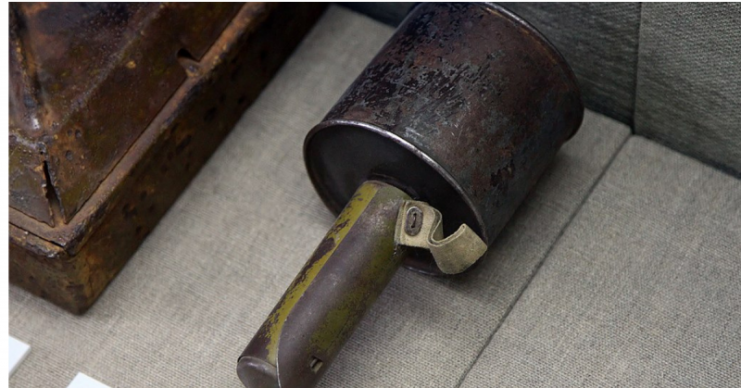
Lieutenant Edward Uhl of the U.S. Army was tasked with creating a delivery system for an M10 shaped charge grenade capable of stopping German tanks. To do this, the Lieutenant created a small rocket, but still needed to find a way to protect an operator from rocket exhaust while aiming the weapon. According to Lieutenant Uhl, he stumbled on a tube that happened to be the same size as the grenade, and that’s when he had the idea for a rocket grenade launcher.
During the testing of the rocket launcher, it performed well in aiming and firing effectively, so that all senior officers present were impressed. Major General Barnes, Chief of Research and Engineering in the U.S. Ordnance Department humorously commented, “It sure looks like Bob Burns’ Bazooka.”
https://youtu.be/uwxStL_iX4Q
Bazooka soon became the generic name for the grenade launcher. The variants were the M1 and M1A1 Bazookas which were 4.5 feet in length and could penetrate up to 3″ armor, the M9 and M9A1 which were 5 feet long and could penetrate up to 4″ armor, and the M20 and M65 which could penetrate up to 11″ armor.
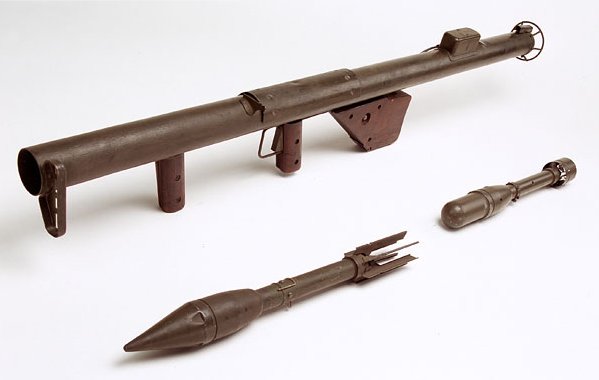
The premier versions of the M1 launcher and the M6 rocket were first used in November 1942 in North Africa, but did not play a vital role in combat. This was partly because military personnel were not provided with information on how to use the weapon, and mostly because the M6 rocket was highly unreliable.
https://youtu.be/uwxStL_iX4Q
By May 1943, no report of the weapon actually stopping a tank had been received, so further use was suspended. The M1A1 launcher with the M6A1 rocket was then introduced and used in combat by U.S. forces.
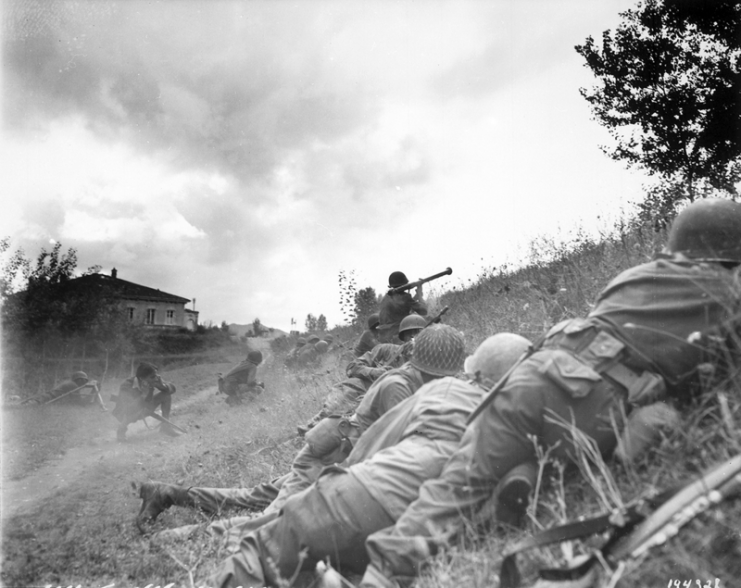
The M1A1 stopped four medium German tanks and a Tiger I heavy tank–however, it had a huge backblast which exposed the shooter’s position.
In late 1943, the M9 Bazooka was introduced with an improved M6A3 rocket, but its effect didn’t last long as the Germans improved the armor of their tanks, making penetration a Herculean task.
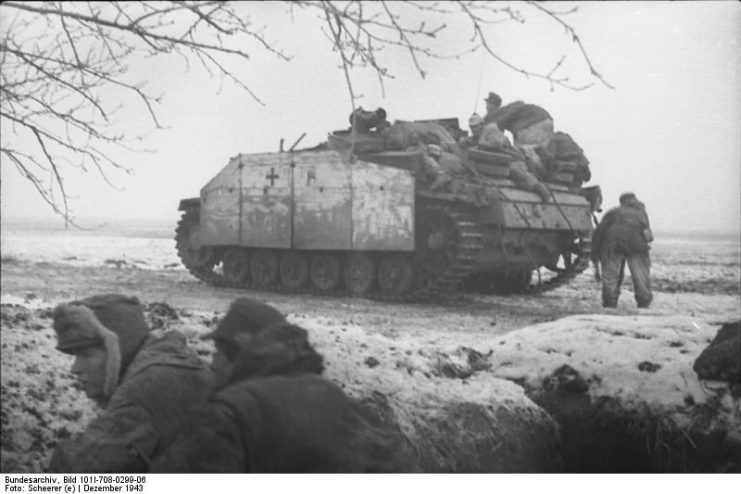
The end of World War II saw the Bazooka design changing to be like the German-designed Bazooka, and led to the development of the M20 Super-Bazooka. This Bazooka had a higher range and penetration capability.
It was also operated by two people, and could fire as many as six shots per minute. Budget cuts made the mass production of the M20 impossible, so soldiers in the Korean War were armed only with the M9 and M9A1 Bazookas, which proved to be very effective against Soviet tanks.
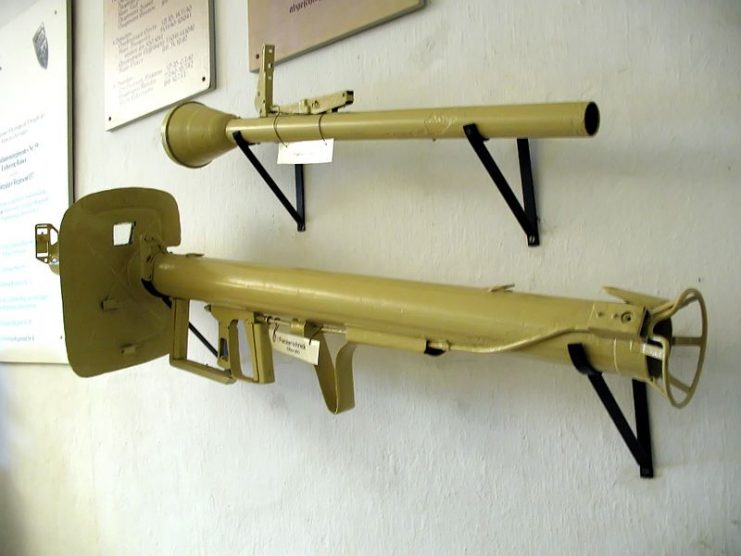
The Vietnam War marked the gradual replacement of the M20 with the more effective M67 Recoilless rifle and M72 LAW rocket.
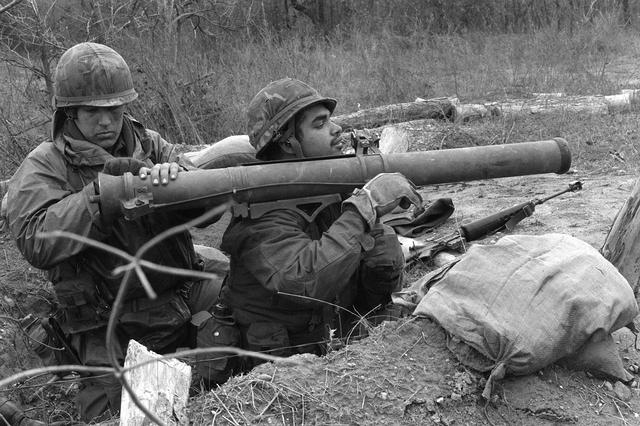
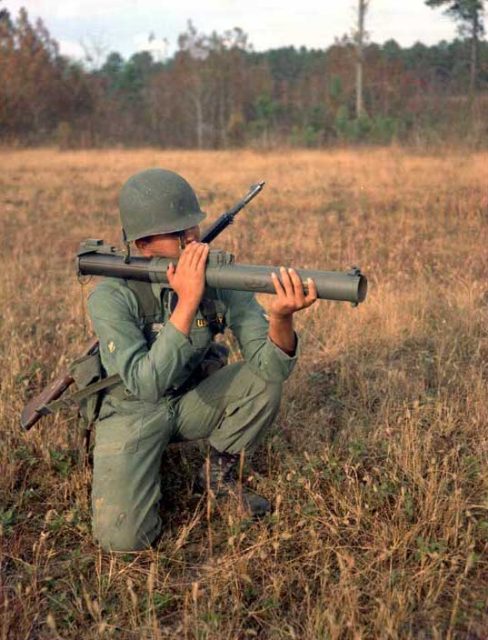
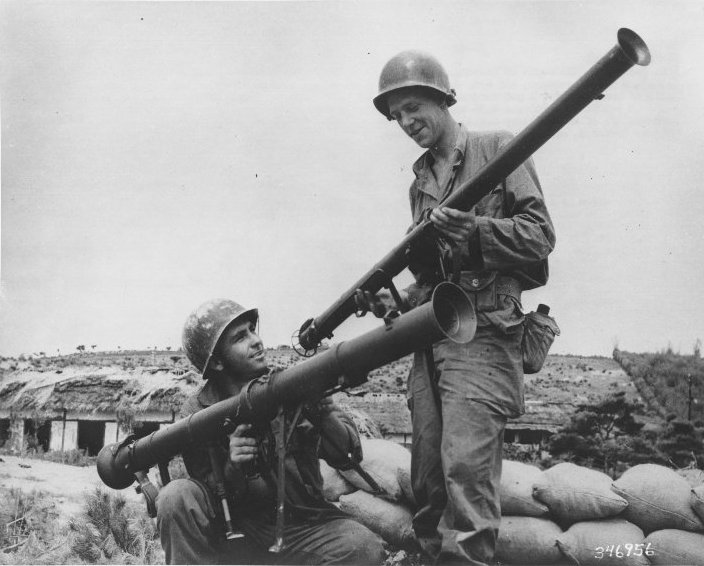
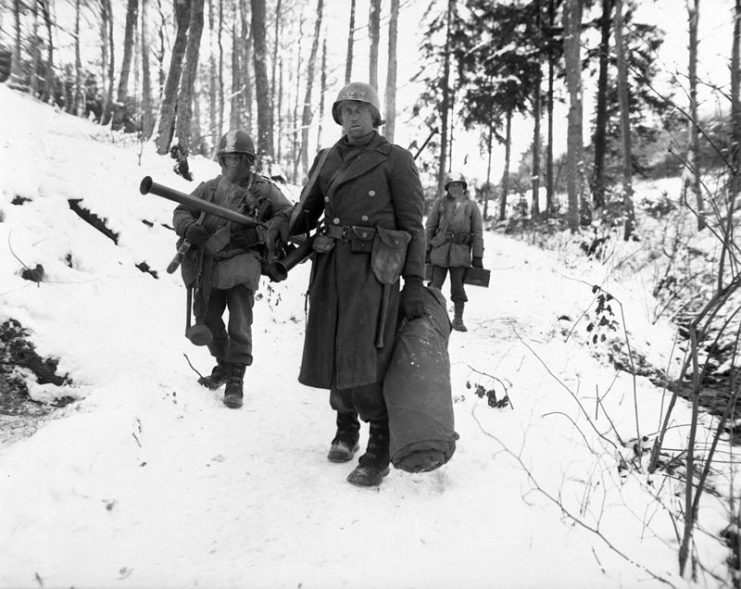
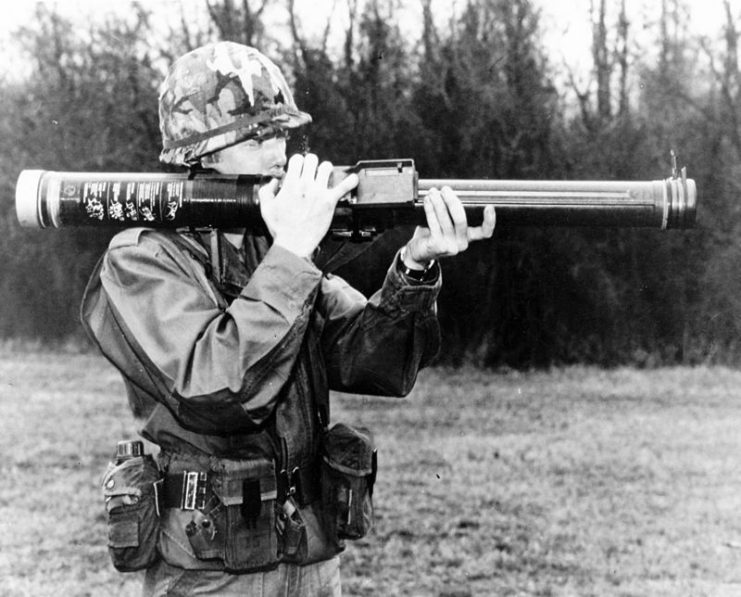
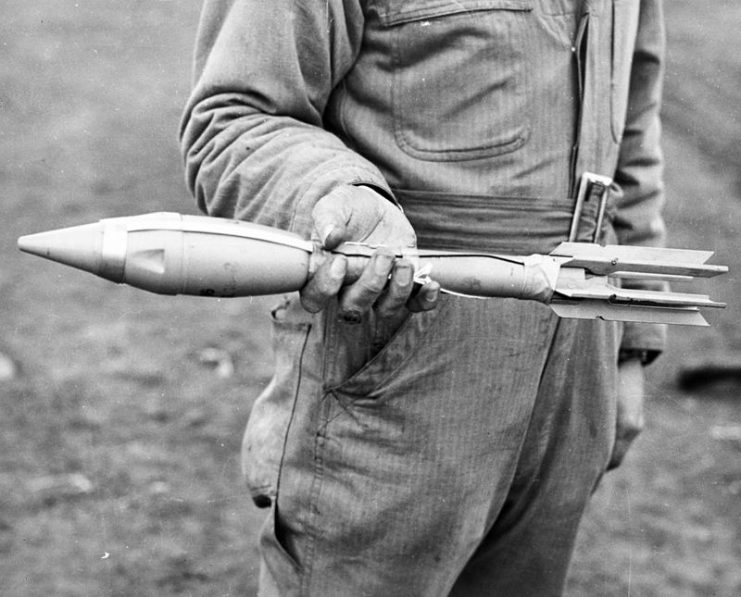
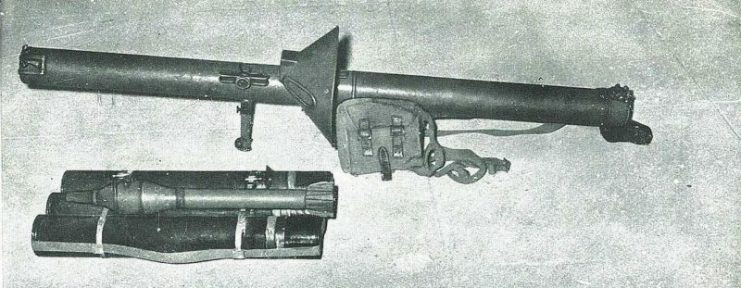
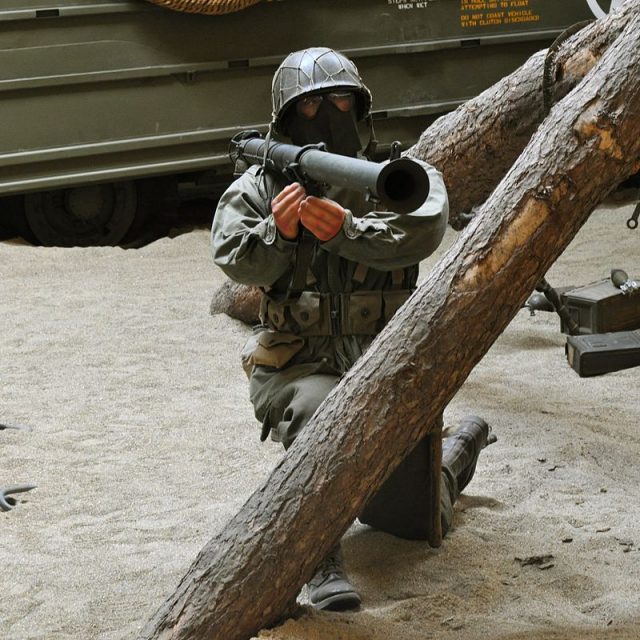
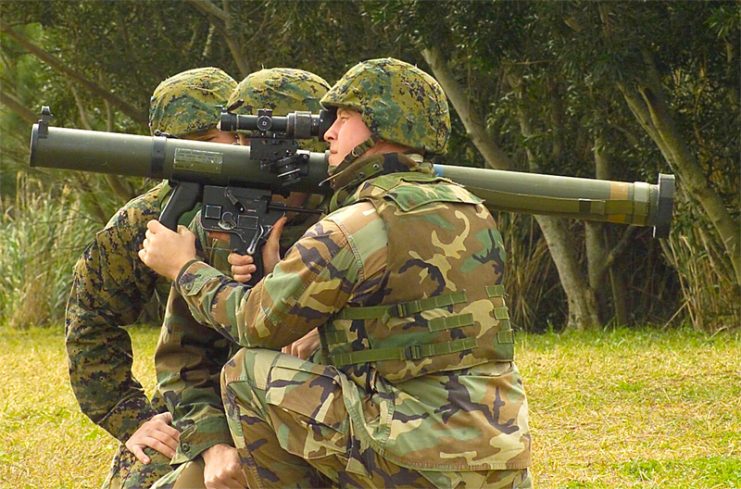
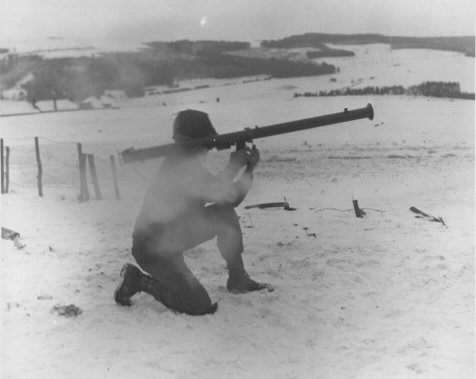
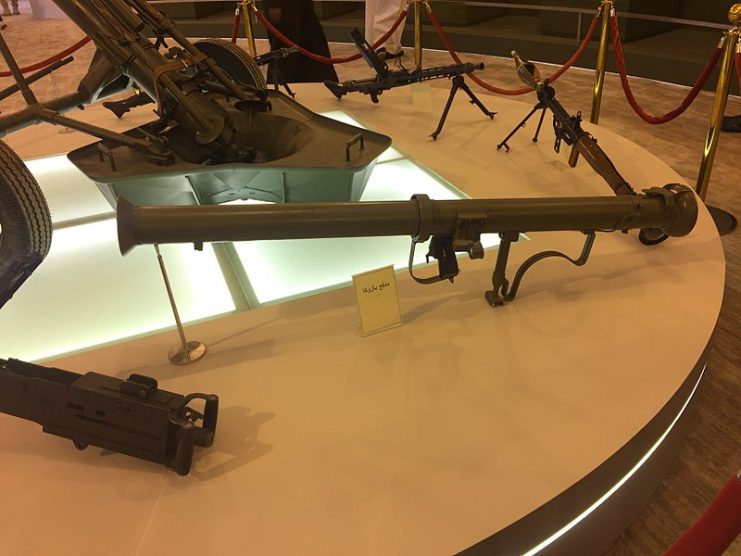
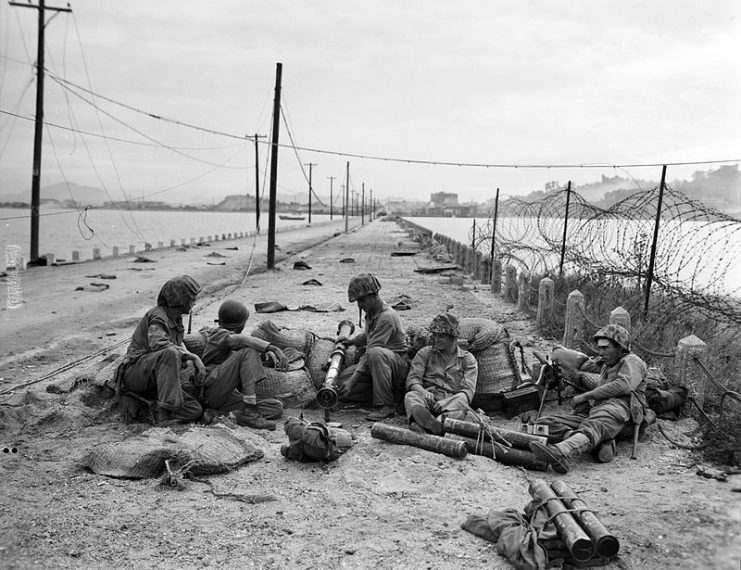
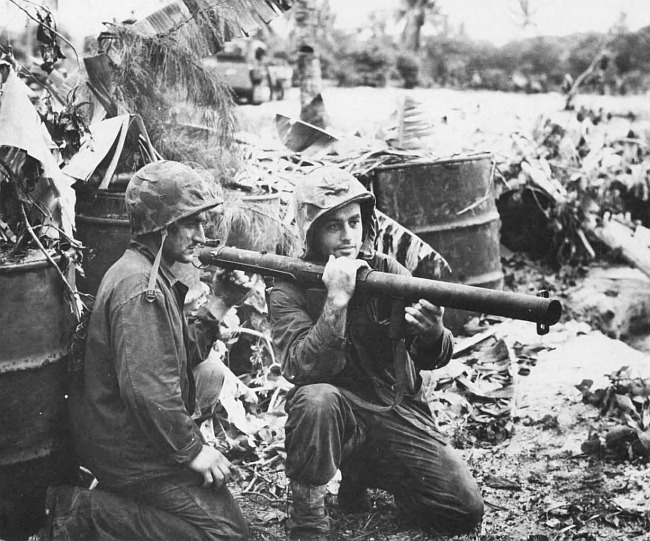
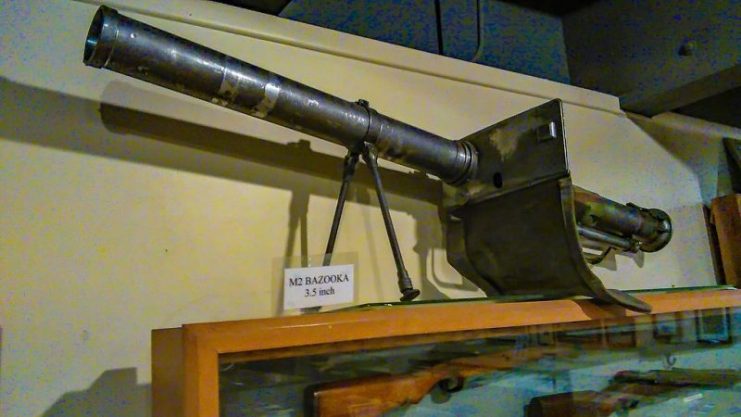
Read another story from us: Anti-Tank Missile Vehicles – 22 Facts About the Soviet 2P Series
